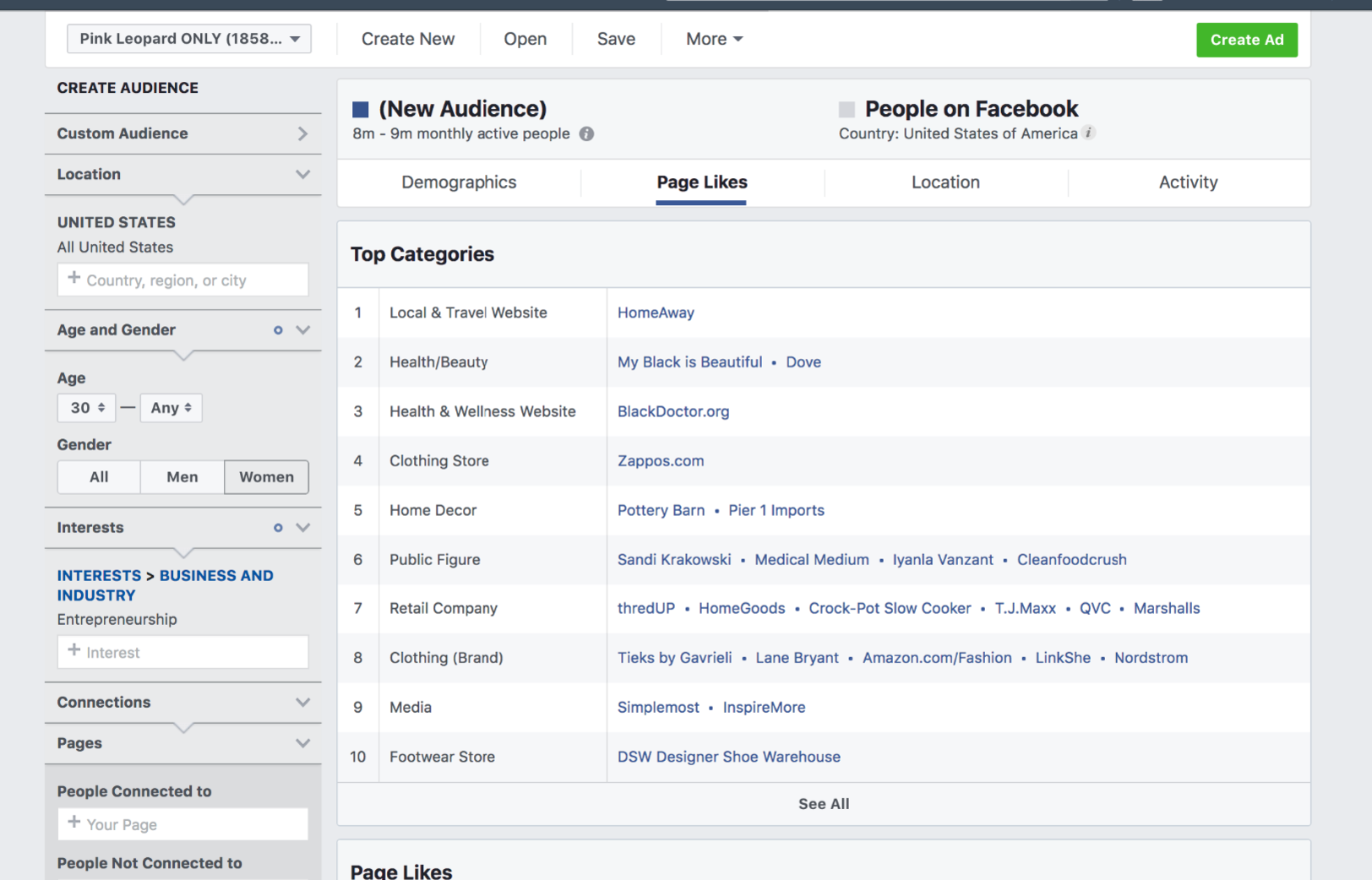3 Ways To Create An Effective Ad Campaign
Posted on 20th April 2018 at 10:16
Here are the top 3 most important elements of creating an affective ad campaign on Facebook

Here are probably the top 3 most important elements of creating an affective ad campaign on Facebook… if only it were as simple as picking a pretty picture, writing a bit of text and pressing “boost”
…which believe me, a lot of people still think that’s about as complex as Facebook advertising gets.
But if you’ve tried to create a 10k/month business using Facebook’s boost button, you’ll realise that it’s a tad more complicated than that.
Here are 3 things to consider when setting up an ad campaign to set you off on the right track. Yes, there are many different things that can affect your campaign, however if you don’t set it up properly from the start, you won’t have a chance of achieving what you set out to; whether that be to take your followers from 100 people to 5,000 or to take your Shopify sales from 1k/month to 50k/month.
1. Choose the right campaign objective
This is one of the biggest questions I get asked. “Should I be running an engagement ad or optimising for traffic? Or because I want sales, should I run it as a conversion campaign?”
Well, as always with ad campaigns on Facebook, the answer is “it depends.”
It is confusing, and it doesn’t help with Facebook’s ever changing ads manager, but my advice is this - think about it logically.
The reason Facebook’s asking about your campaign’s goal, i.e. objective, is because it will determine the campaign’s ad formats, bidding options, and auto-optimization.
If you tell Facebook your goal, it can auto-optimize your ads to deliver you more results (For example, I wanted as many people as possible to read this blog, so I chose the “traffic” objective but if I create this content in a video format, I would choose video views)
Consider also the awareness phase of the funnel as to which objective you choose i.e. if you’re trying to get as many eyeballs on a post as possible use engagement, if you’re trying to retarget people who’ve seen your posts/videos and now you want them to head to your website, choose “traffic” and once they’ve been on your site and you want to retarget cart abandonments for example, use the “conversion” objective.
Most of the time it is logical although recently we saw a huge uplift in ecommerce sales directly from post engagement campaigns so it’s always good to be testing the objectives.
2. Mine audience insights for data targeting
We won’t go in to too much detail on this as business insights is pretty self-explanatory and we could write an entire blog on it, however if you’ve not yet used it - this tool will be your best friend.
(But watch, you can get lost for hours in the data if you’re not careful!)
Here’s a quick search (below) that we did for some targeting ideas - we typed in US, women over 30 and interested in entrepreneurship, Shopify and Gary Vaynerchuck (this is a loose example of the types of clients we may want to attract) and as you can see when I click on “Page likes” Sandi Krakowski is a public figure that comes up. I would then click on her and see the types of people who are liking her page, what she’s about etc etc. And I may end up targeting her as an "interest" to reach my target audience or something else that I've discovered after digging deeper. But this is where the intial research begins.

And this is how you start mining down to find where YOUR target customer hangs out and identify different targeting abilities.
3. Align your ads with your landing page
Your Facebook ad (Headline/copy/interest targeting) should always align with the landing page you’re sending the traffic to.
If your ad content however is congruent with your landing page, you’ll get a higher relevance score, meaning higher CTR’s and a lower cost per click (the dream, right?)
Secondly, it will increase your conversion rates. There’s nothing more off putting to a customer than seeing an ad, clicking through to be greeted with something completely different on the other side. Once people click the ad, they expect to get exactly what the post promised. If they do, your website and brand gain credibility, and potential customers are more likely to trust the company as a whole.
It only takes a split second to make an impression - remember that.
So there you have the 3 most important pieces of the beggining of your Facebook campaign journey.
Feel free to reach out to us if you have any questions – hello@pinkleopard.co.uk
Share this post:



